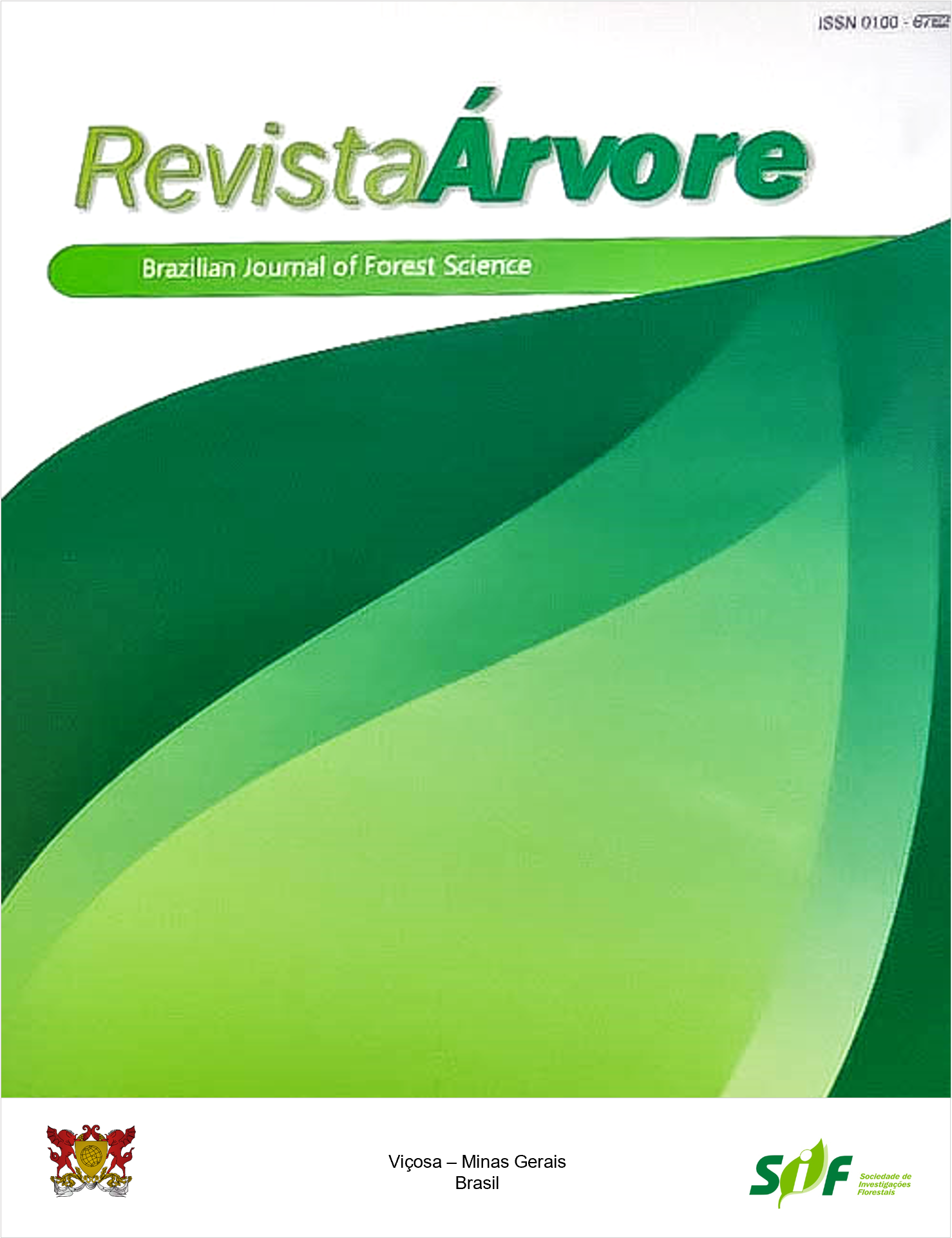EFFECT OF THE REMOVAL OF REGENERATING INDIVIDUALS ON THE SEEDLING BANK DYNAMICS IN PLANT COMMUNITIES
Keywords:
Natural regeneration, Forest resilience, Seedling removalAbstract
The use of forest seedling banks is recommended for producing seedlings of species essential for specific forest typologies for which propagation poses challenges. However, given the lack of understanding of how human intervention, such as the removal of regenerating individuals from the forest, influences the composition and structure of the plant community, there is a pressing need for further research. Our primary objective here was to identify the effects of seedling removal on natural regeneration in forest communities and to characterize seedling bank dynamics three years after anthropogenic intervention. A randomized block design was used for the experiment, consisting of five removal intensities (0, 25, 50, 75, and 100% removal), with evaluations conducted every three months for three years. All individuals of the shrub arboreal component between 5-55 cm heights were measured. Collected data were analyzed to determine the impacts of the removal of individuals and the influence of environmental elements on the seedling community. We found that the shrub-arboreal component of the forest community exhibited marked resilience three years following the removal of regenerating individuals. Removal of up to 50% of regenerating individuals does not appear to interfere with plant community dynamics, suggesting species with a high density of individuals in the seedling bank are resilient to the impacts of human intervention. Although climatic seasonality also affects seedling bank dynamics in plant communities, this effect depends on the level of human intervention in an area and, therefore, has been omitted from the analysis.
Keywords: Natural regeneration; Forest resilience; Seedling removal
Downloads
Published
How to Cite
Issue
Section
License
All authors agreed to submit the work to Revista Árvore and granted the exclusive license to publish the article. The authors affirm that it is an original work and has not been previously published elsewhere. The scientific content and opinions expressed in the article are the sole responsibility of the authors and reflect their opinions, not necessarily representing the opinions of the editorial board of Revista Árvore or of the Society of Forest Investigations (SIF).




